Think of pop music as being like the parable of the sower. These days the seed falling on stony ground comes from the young rock bands, while the stuff that’s finding fertile earth is on the edges of R&B where it shades into other styles, especially psychedelia. It works from both ends: the Australian group Tame Impala went from being a workaday psychedelic rock band to being festival headliners by bringing dance music into their sound. Meanwhile within black music, Janelle Monae – perhaps better known as an actor – and Solange Knowles are regarded by critics as something not far short of deities for their Afrofuturist, trippy takes on R&B.
In the UK, Devonte Hynes has become our leading representative of the unlimited possibilities of combining genres. In the first years of this century, he fronted a group of indie also-rans called Test Icicles, but has spent the intervening years developing a reputation as one of our most forward-thinking musicians, both as a collaborator with the likes of Solange Knowles, Britney Spears, FKA Twigs and scores more, and in his own right under the noms de plume of Lightspeed Champion and Blood Orange. He’s such a name to drop that he filled the Barbican for two nights, doing nothing even remotely associated with his main activities.
Instead, he and the LSO – conducted by Matthew Lynch – were exploring his classical compositions: one for orchestra, one for orchestra and piano, a couple of piano duets and one solo piano piece. The classical excursion is the beloved pastime of the rock or pop musician who has the sense that they have Great Things to say – right back to Deep Purple unveiling their Concerto for Group and Orchestra in 1969. In fairness, there wasn’t a lot of portent to Hynes’s compositions: they were pretty, charming and largely unremarkable.
It should be said that I am no one’s idea of a classical reviewer, but then the audience – largely hipsters between the ages of 25 and 35 – didn’t look as though they’d been drawn here by their fascination with contemporary composition, and cheered everything to the rafters (at one point they even gave a rousing ovation to some stagehands, rather suggesting they were unfamiliar with classical concerts too). At this point, the rock reviewer outside their comfort zone should name the four composers they’ve heard of and hope there are some parallels, but let’s not bother with that. Instead, let it be said that Hynes’s forays into classical composition sound like nothing so much as incidental music for a very high-end streaming drama (that’s not a criticism). In other words, it was music that did more or less what you expected it to do.
It is of course good that a black musician is having his work performed in a concert hall, with a man of colour conducting. But the real progress will be when the classical critics, not the rock critics, are reviewing. Only then will it have transcended the dreaded status of ‘rock musician’s side project’.
I would guess an awful lot of the same people had been at Nick Hakim’s show the previous night (they certainly looked exactly the same), where they actually got psychedelic-flavoured R&B. Hakim’s music is odd in that, like Tottenham teams down the ages, it does very little of import but does it beautifully. He and his three-piece band (with occasional visits from backing singers) hit a groove and stayed there, cruising in the middle lane of their metaphorical motorway without ever moving (he even played a track called ‘M1’, though it seems to have nothing to do with Leicester Forest East).
The songs, in concert, took on slightly different characteristics from their recorded iterations. Joe Harrison, on guitar, swung between two shades to colour the song – either long, lazy lines wholly reminiscent of David Gilmour’s work with Pink Floyd or stepping on his effects pedals to summon up the spirit of Cocteau Twins or even John McGeoch’s work with Siouxsie and the Banshees. What makes it all sound so unexpected is Hakim’s startling voice on top of it all, a high, sweeping thing that seems so pure as to be out of place in a scrotty venue such as this.
The music was glorious, the presentation less so. The band faced each other in a semi-circle, the internationally recognised formation for musicians who want you to know they are playing for each other, not you. And Hakim didn’t even bother removing his cap or green waterproof jacket. Mate, it’s Saturday night in London. It’s worth all musicians remembering Bob Dylan’s old description of himself as a song and dance man. A little more of that, a little less gazing into the eyes of the bass player, please.
Got something to add? Join the discussion and comment below.
Get 10 issues for just $10
Subscribe to The Spectator Australia today for the next 10 magazine issues, plus full online access, for just $10.
You might disagree with half of it, but you’ll enjoy reading all of it. Try your first month for free, then just $2 a week for the remainder of your first year.

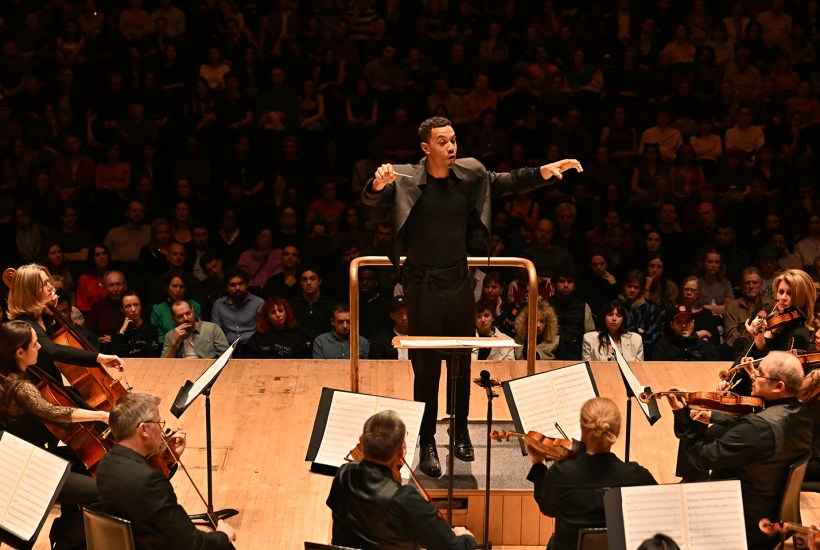
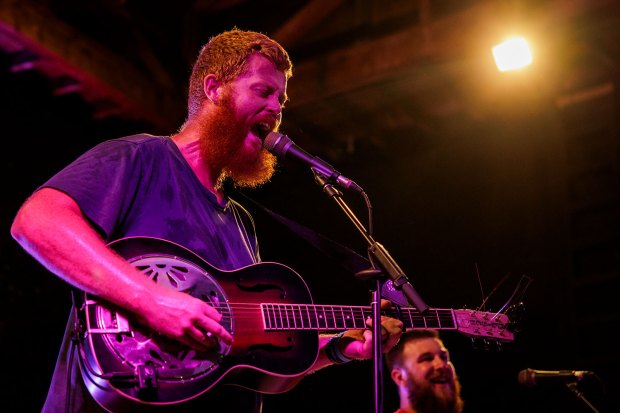
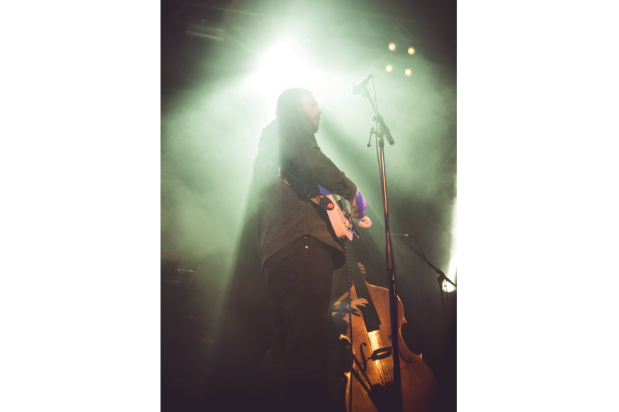
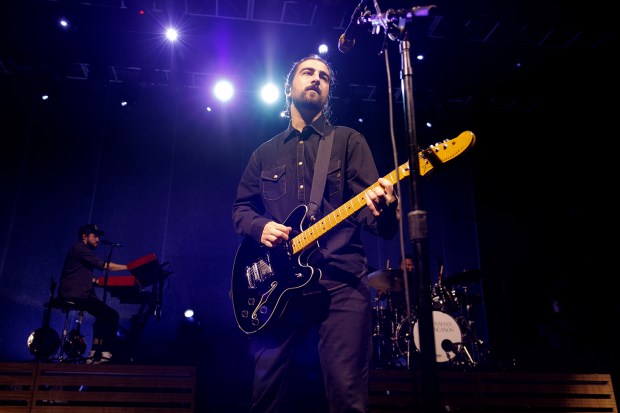

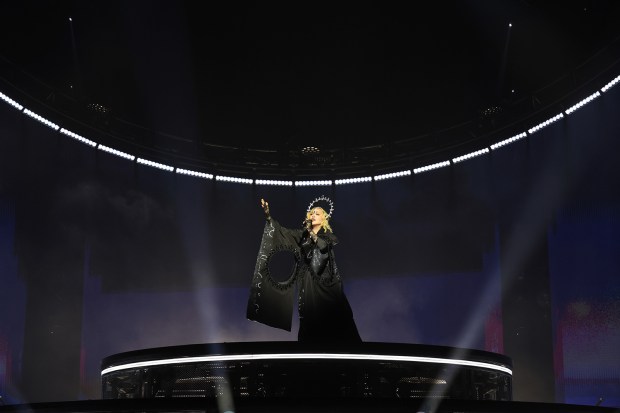
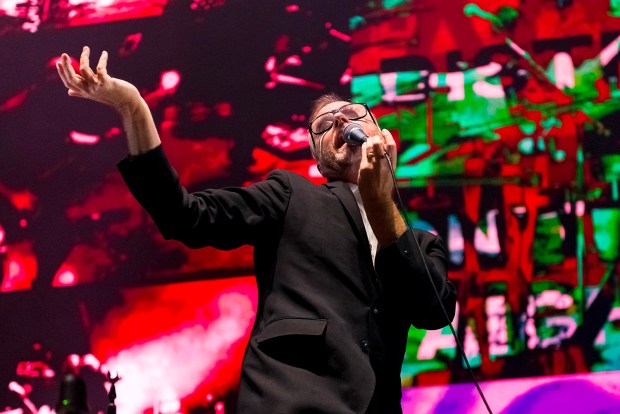






Comments
Don't miss out
Join the conversation with other Spectator Australia readers. Subscribe to leave a comment.
SUBSCRIBEAlready a subscriber? Log in